
9 minute read
Elekeiroz’s continuous improvement yields significant capacity increase
By: Allison Belgard, BASF; Vitor Sturm, Clark Solutions; and Dimitrios Pereira Tsiaprakas, Elekeiroz
For the past seven years, Elekeiroz, BASF, and Clark have collaborated to incrementally upgrade Elekeiroz’s sulfuric acid plant in Várzea Paulista, Brazil. These upgrades have included equipment replacement and, notably, a bed four catalyst replacement to BASF’s O4-115 Quattro, which enabled a significant capacity increase and emissions decrease.
In 1909, Elekeiroz established the first sulfuric acid plant in Latin America, which was part of Elekeiroz’s chemical manufacturing complex that rotated its production to include vegetal extracts, organic acids and anhydrides, formaldehyde and alcohols, and plasticizers. Sulfuric acid has always been a key product for the company, along with the energy the acid plant provided to the other unit operations. The sulfuric acid plant was replaced periodically as technologies and demands evolved. Over time, the company became surrounded by residential neighborhoods, necessitating strict emission control.
BASF has produced sulfuric acid since 1868 at its headquarters in Ludwigshafen, Germany, where four sulfuric acid units are operated to this day. In 1913, BASF was granted the sulfuric acid catalyst (V2O5/K2O/ SiO2) patent, upon which today’s catalyst technologies are based market-wide. In recent years, BASF has made breakthroughs in catalyst shape, leading to a step change in the available catalyst performance and potential for plant upgrades.
Clark Solutions was the first manufacturer of numerous sulfuric acid plant devices in the southern hemisphere and has since adapted new products and technologies to a wide range of markets, from oil platforms and refineries to petrochemicals, fertilizers, and biofuels. Its wide-ranging presence and diversified experience fostered proficiency in cross-market solutions by bringing perspectives from one industry to another.
This article presents the series of activities undertaken by these companies from 2015 to 2022 to enable a considerable capacity revamp on an outmoded plant.
A series of upgrades
Between 2014 and 2015, Elekeiroz began a series of plant updates to achieve maximum attainable capacity and availability. As a 40-year-old facility, the plant required technology modifications and equipment replacements that its team of engineers and operators were ready to tackle.
Heat exchanger limitations, bottlenecks on sulfur burning and conversion, and absorption constraints were the major issues to be resolved. For example, Elekeiroz is one of the few plants in Latin America to use Venturi towers in all stages of absorption. A disciplined and timely approach was taken to control capital costs.
To understand the attainable capacity, BASF, Clark, and Elekeiroz had to determine how much each unit operation was hindering “cruise” capacity. They studied the best technologies that would fit the investment budget, considering that some costly equipment upgrades would be required. The initial 2015 studies indicated a maximum expected capacity increase of 14.0%.
For the purpose of this article, capacities are referenced relative to the 2014 Base Capacity, which is assigned an index of 100. Other capacities, for example, the 2015 capacity index of 114, indicates a capacity 14% higher than the 2014 Base Capacity of 100. Expected capacity is differentiated from realized capacity. Expected capacity indicates the capacity the plant should be able to reach while maintaining the Base Emission level. Often, Elekeiroz has chosen to run at a lower emission or with a lower production rate than their expected capacity.
The first debottlenecking, during the 2015 plant maintenance shutdown, included major upgrades. Clark proposed, designed, and delivered a project for repositioning the drying tower and the blower relative to one another. A former vacuum tower then became a pressurized tower. Previously frequent blower stops were considerably reduced, boosting plant availability, and more air mass was admitted to the furnace, increasing sulfur burning and capacity. Side adjustments were necessary, such as acid flow, acid cooling and tower sealing.
During this 2015 maintenance stop, the previously installed catalyst was completely replaced with BASF catalyst after a thorough analysis of conversion. The new catalyst configuration consisted of Dust Protection catalyst and a combination of vanadium and cesium Star Ring catalysts.
After the 2015 startup, BASF performed a BOSS100 gas analysis test of converter performance. The purpose was to evaluate the performance of the installed BASF Star Ring catalyst as well as identify any areas of potential improvement or concern. An available capacity (maximum capacity x plant availability) increase of 7.0% was realized during the 2015 upgrade by eliminating the discussed plant inefficiencies and replacing the catalyst with BASF Star Ring, with other advances expected for the next maintenance shutdowns.
Year Expected Maximum Capacity Index Remarks
2014 100 Base Capacity at Base Emission Level
2015 114 Fresh catalyst and new setup 2020 126 O4-115 installed in Bed 4 and cold GasGas replacement 2022+ 126+ 50% below Base Emission

Table 1: Expected maximum capacity indices for the series of upgrades.
Observed results of 2020 catalyst & equipment change
Initial performance
During the 2020 shutdown, Elekeiroz’s engineering and procurement teams replaced the cold gas-gas heat exchanger and upgraded the catalyst in bed four to BASF’s O4-115 Quattro catalyst, a cesium-promoted formula in a unique shape. These changes resulted in another significant improvement of the seven-year upgrade campaign.
From the 2015 startup with Star Ring catalyst to the 2020 startup with Quattro in bed four, Elekeiroz stated an effective capacity increase of 13.5% along with an emission decrease of 38.5%, achieved by planned coordinated adjustments, activities, and training.
Quattro catalyst performance over time
In early 2022, Elekeiroz’s operators and lab technicians assisted BASF and Clark in performing the BOSS100 test on its site. At the time of this measurement, the Star Ring catalyst had been in service for some time. Performance was expected to be slightly lower than the simulated values displayed below, which represent initial installation conditions.
Some known and persisting issues regarding SO3 slip indicate room for improvement in the Interpass Venturi absorption efficiency between beds two and three, resulting in low cumulative conversion after bed three (93.95% measured vs. 99.62% expected). Notably, despite this lower-than-expected conversion, the O4-115 Quattro catalyst in bed four was able to compensate for the decreased performance of the previous beds and equipment, resulting in a measured final emission level of nearly 50% of the 2015 fresh Star Ring catalyst emission level on the day of the BOSS100 measurement.
According to BASF’s simulations, based on the results of a 2022 follow up BOSS100 test performed by Clark and BASF, the expected overall capacity increase at 100% availability and full production could now be 18% of the 2015 value, or 26% of the 2014 value, due to the 2020 4th bed catalyst replacement to Quattro. Elekeiroz’s choice of a current lower production rate and emission level is evidence of its care for its
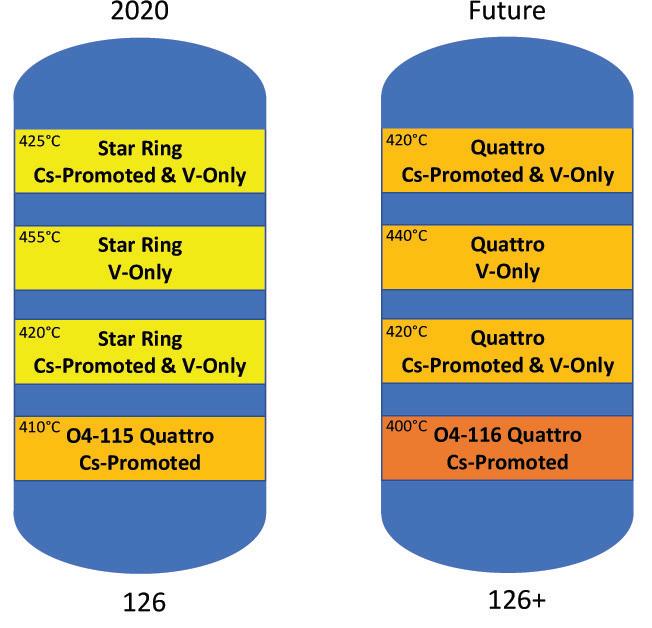
Fig. 2: Converter comparison before revamp, after revamp, after 4th bed upgrade, and a future possibility.
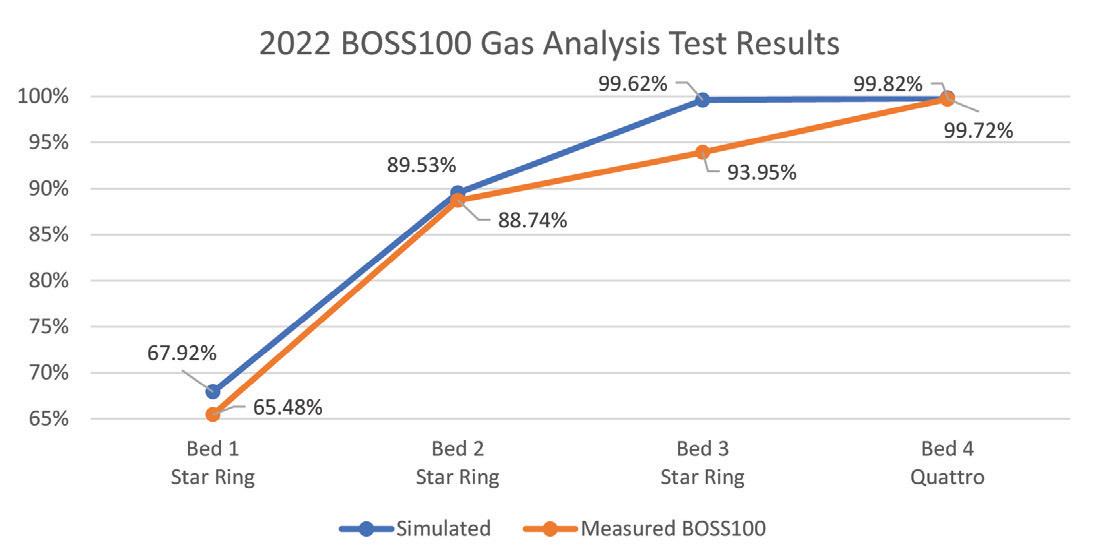
Feature
Continued from page 19
nearby residents and stewardship of its environment. The benefits of all these upgrades are manifestly shared by all.
Available capacity (expected maximum capacity x plant availability) increased from 7.0% to 14.0% from 2016 to 2020 and from 14.0% to 26.0% since 2020, with room for further improvement. The plant achieved 98% availability in 2015 and 96% in 2020, the years in which the revamps were made and catalyst replaced. Beside these gains, Elekeiroz stated a reduction of 11% on specific energy consumption.
Catalyst change
Elekeiroz’s case provides a direct comparison of catalyst performance by contrasting the production and emissions data reported directly after the Star Ring fresh replacement in 2015 and the Quattro Bed 4 replacement in 2020. Immediately after the two initial startups, Elekeiroz reported it was producing 13.5% more acid with Quattro than with the Star Ring catalyst, while simultaneously achieving an emission level 38.5% lower.
The advantage of BASF’s Quattro catalyst lies in its increased geometric surface area as compared to a Star Ring shape extruded with the same mixture. A 30% higher surface area yields 30% higher catalyst activity in beds in which the reaction is mass transfer limited, with a more pronounced effect on overall conversion when used in downstream beds.
In Elekeiroz’s case, the increased conversion was further compounded by taking advantage of Quattro’s higher activity at lower temperatures compared to Star Ring, despite the mixture and metal content being identical. Elekeiroz’s change from 415°C to 410°C in 2020 allowed bed four to approach a point on the equilibrium curve that is more favorable for conversion. The resulting emission decrease allows the potential for more sulfur to be fed to the process after the required equipment upgrades are performed, thus returning the SO2 emission back to its previous level for a final capacity increase.
Fig. 4. Comparison of available capacity (expected maximum capacity x plant availability). Fig. 5. BASF’s Quattro catalyst.


What comes next?
Several upgrade options remain for Elekeiroz.
During the 2022 shutdown, Clark will install a new main acid heat exchanger, one of the final pieces of equipment slated for replacement. A further capacity increase may be observed in the following months.
Currently unplanned upgrades that could be implemented when Elekeiroz require further improvements include replacing the Venturi towers, adding acid heat recovery units, and additional catalyst upgrades.
In the future, Elekeiroz has the option to fully transition the catalyst in its other beds to the Quattro shape or to further upgrade bed four to the even more reactive O4-116 Quattro, specifically designed for use in the final bed of acid plants that require ultrahigh overall conversion. At the time of the 2020 installation of O4-115 Quattro, O4-116 Quattro was not yet available.
BASF, Clark, Elekeiroz and other plant engineers and operators with insight, motivation and care can bring changes to enable improvements in operating plants and upgrades for future projects. Keeping up with technological advances is less arduous than one might think. When approached properly, dated technologies can be modernized with a cost-conscious approach. q
Fig. 6. Operating temperature’s effect on maximum conversion.
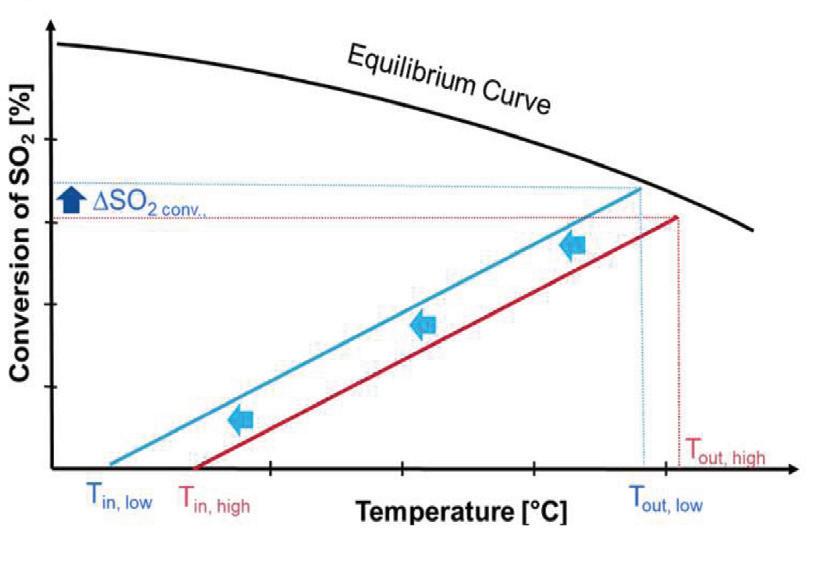

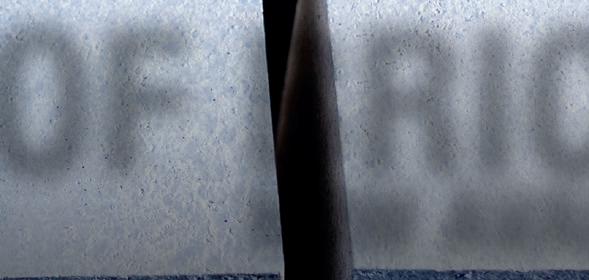
THE ACID PROOF BRICK
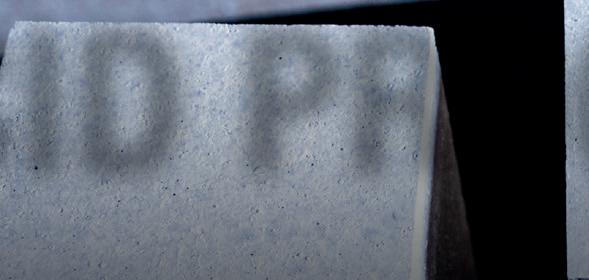
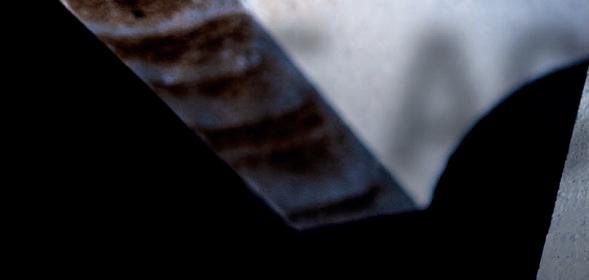
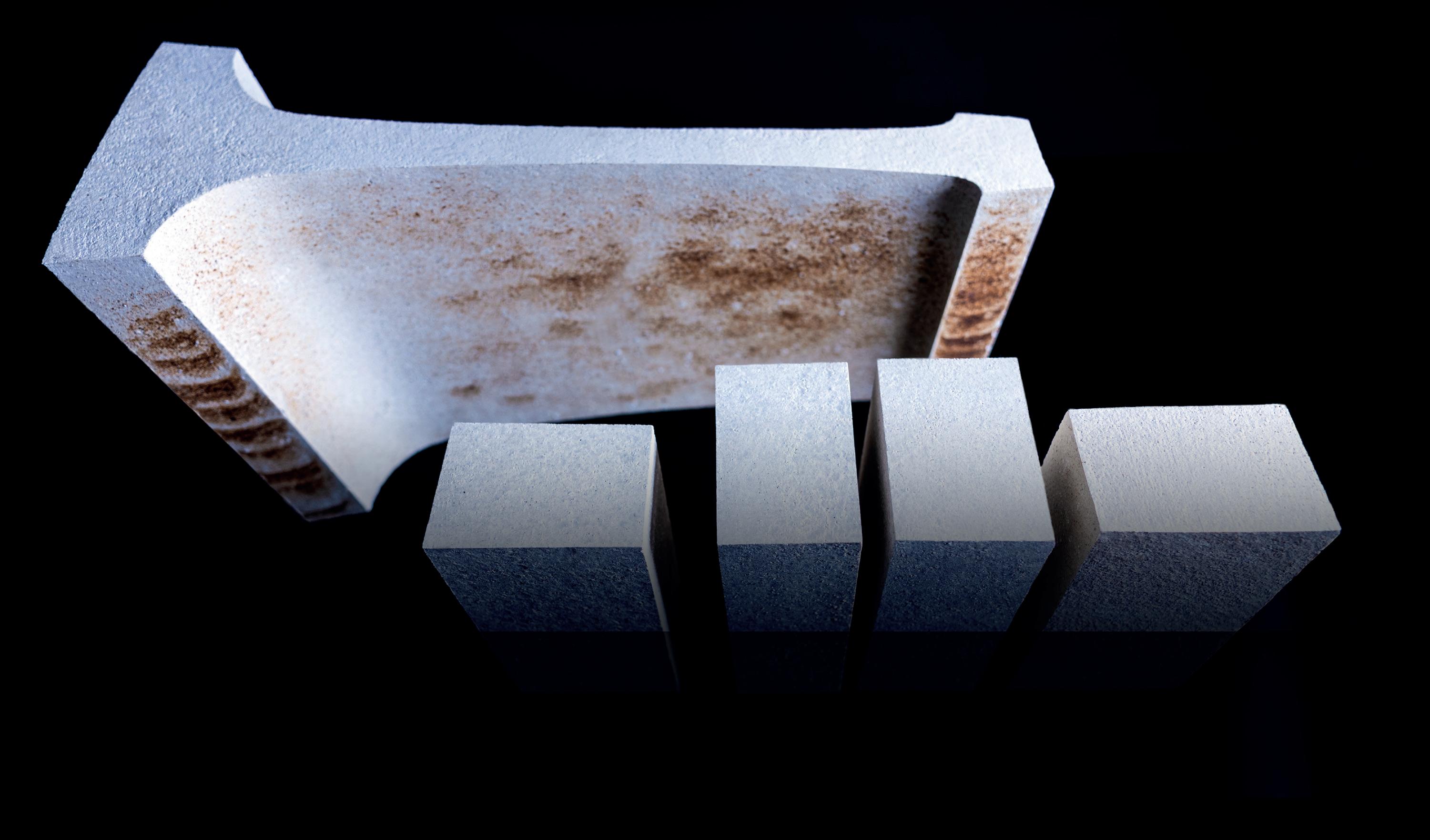
NOW AVAILABLE IN US-SIZES
Protection against extremes is what our bricks stand for more than 111 years – worldwide.
No breakage on pallets to be calculated - just order the amount you need for a direct, safe and binding delivery! What other challenges can we solve for you? Please reach out to us and we will find the right lining system for any kind of specifi cation.








